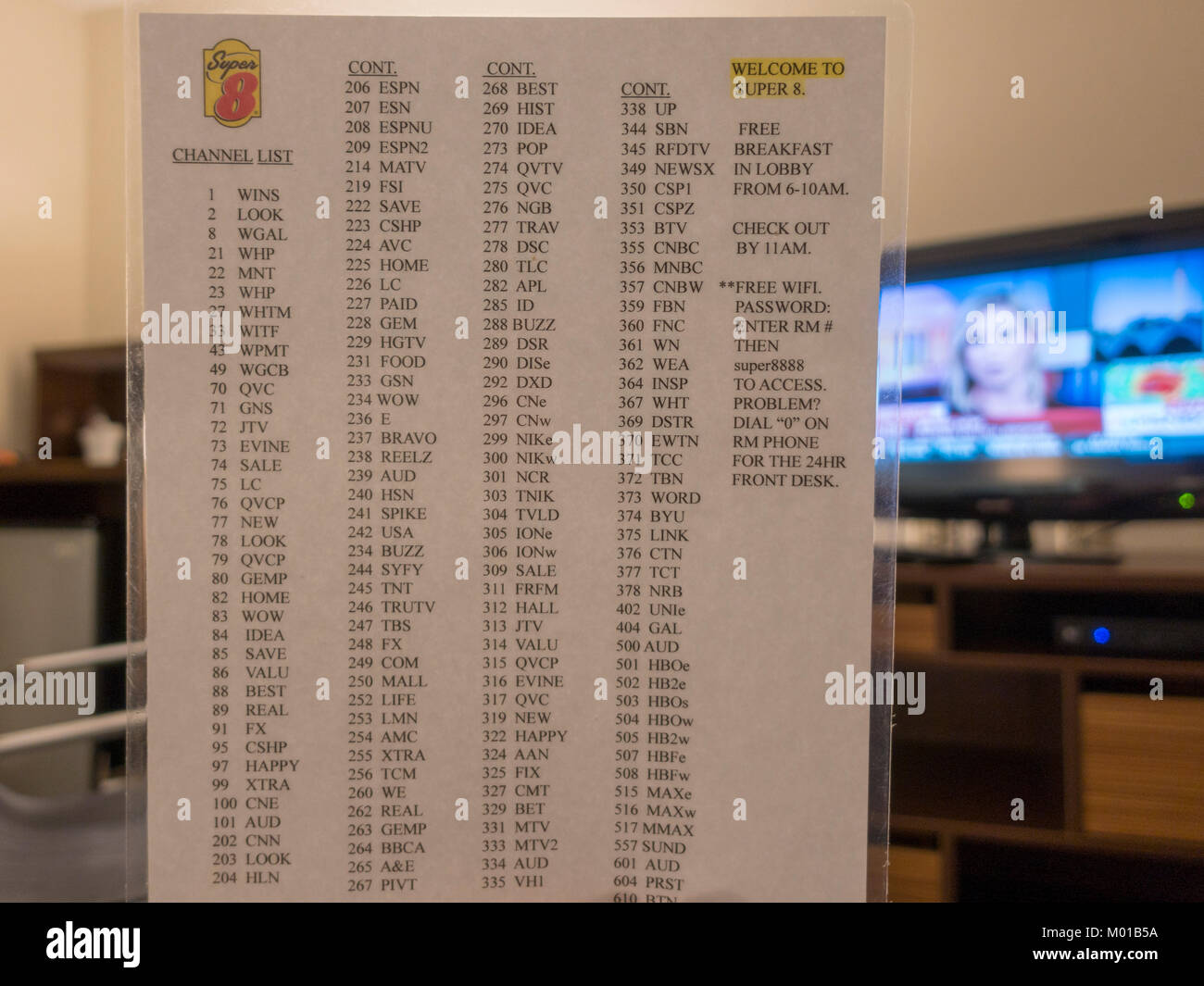6 Simple Techniques For Apollo Group Tv
6 Simple Techniques For Apollo Group Tv
Blog Article
Things about Apollo Group Tv
Table of ContentsWhat Does Apollo Group Tv Mean?The Best Strategy To Use For Apollo Group TvNot known Facts About Apollo Group TvSee This Report on Apollo Group Tv
In this circumstance, as opposed to having three-minute business areas throughout a 30-minute tv program, television programs may change to one where a customer will be needed to have a monthly registration, to make sure that they cen sight targeted banner advertisements. This sort of advertising and marketing already occurs on the internet, and the amount of data television firms accumulate allows them to do much the exact same.Define the significant fads among the broadcasting and cable networks. Popular radio reveals such as police dramatization Dragnet and western cowboy series Gunsmoke were adjusted for tv, and new Television programs were sponsored by solitary marketers, just as radio shows had been.
Today, the tv sector is much more intricate. Programs are funded by multiple marketers; shows is regulated by significant media corporations; and the 3 major networks no more dominate the airwaves but instead share their visitors with various cable television networks. Several variables represent these fads within the industry, including technical growths, federal government policies, and the development of new networks.

7 Easy Facts About Apollo Group Tv Explained
Established in 1969, (PBS) developed out of a report by the Carnegie Commission on Educational Television, which examined the role of instructional, noncommercial tv on culture. Public tv was additionally planned to offer global access to television for viewers in country locations or viewers that can not pay for to pay for private television services.
The period in between 1950 and 1970 is traditionally recognized as the. Other than a little section of airtime regulated by public tv, the three major networks (called the Big Three) controlled the tv industry, jointly making up more than 95 percent of prime-time viewing. In 1986, Rupert Murdoch, the head of multinational company News Corp, launched the Fox network, testing the prominence of the Big Three.
Targeting young and minority target markets with programs such as Buffy the Vampire Killer, Moesha, Dawson's Creek, and The Wayans Bros., the brand-new networks wished to attract terminals far from their old network associations. Nevertheless, instead of duplicating the success of Fox, UPN and WB battled to make an impact. Incapable to draw in many associate terminals, the 2 new networks reached fewer families than their larger opponents due to the fact that they were unobtainable in some smaller sized cities.
This choice led the way for the growth of cable television film channels, adding to the exponential development of cable in the 1980s and 1990s. apollo group tv. More deregulation of cord in the 1984 Cable Television Communications Plan Act got rid of constraints on cord prices, enabling drivers to bill what they wanted for cable television solutions as long as there worked competition to the solution (a requirement that over 90 percent of all cable television markets might meet)
The Greatest Guide To Apollo Group Tv

Having created the initial "superstation," Turner increased his realm by establishing 24-hour information network CNN in 1980. At the end of the year, 28 national programming solutions were readily available, and the cord change had actually begun. Over the next years, the industry undertook a period of quick development and appeal, and by 1994 audiences might select from 94 standard and 20 costs cord solutions.
Number 9 - https://ameblo.jp/apollogtv01/entry-12871298239.html.16 Enhanced competitors from cable television channels has actually caused a consistent decrease in the networks' audience scores. Throughout the 1950s, the expense of generating a single tv program increased as blog here shows became longer and production costs rose. Sponsorship on network television moved from single sponsorship, in which a program was entirely sustained and created by one advertiser, to several sponsorship, in which marketers acquired 1- or 2-minute places on the program
Select one of the Big Four networks and print out its regular programs schedule. Enjoy the network's prime-time programs over the training course of a week, noting the target demographic for each show.
The Definitive Guide to Apollo Group Tv

Linear television, commonly referred to as traditional broadcast TV, encompasses wire and satellite television. It's called "straight" due to the fact that material adheres to a predetermined shows timetable, unlike on-demand material which the specific audience decides to watch based upon their own choices and timetable. So, when you ask, "What is direct TV?", think about it as the classic method of enjoying TV that has been around for decades.
Report this page